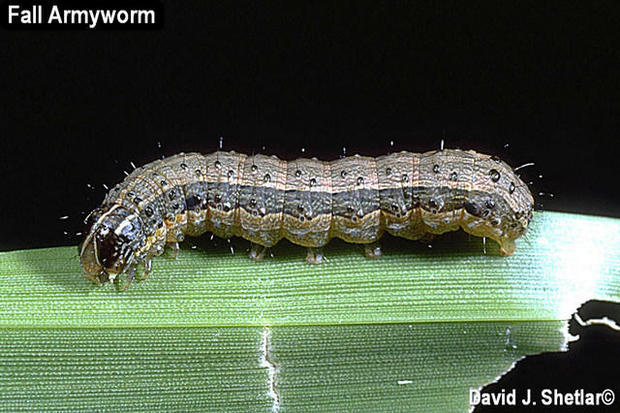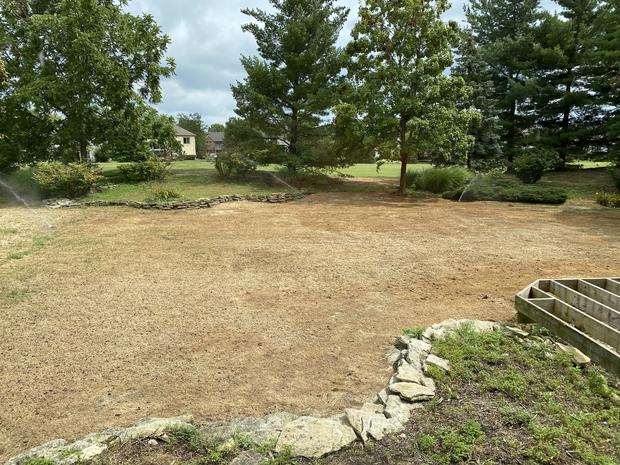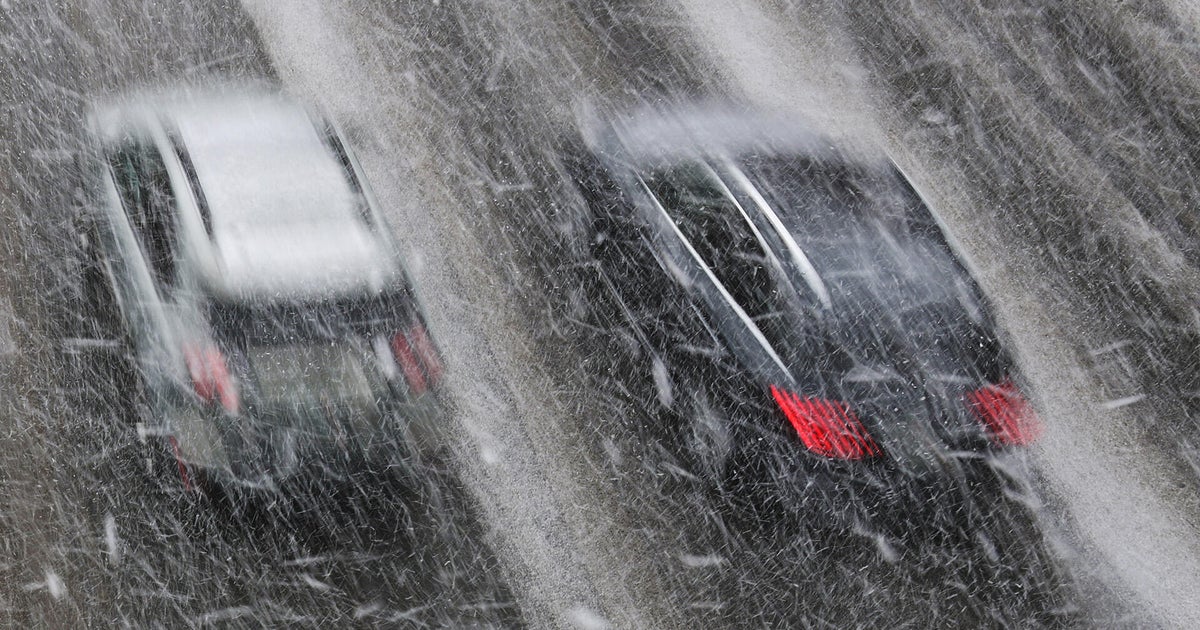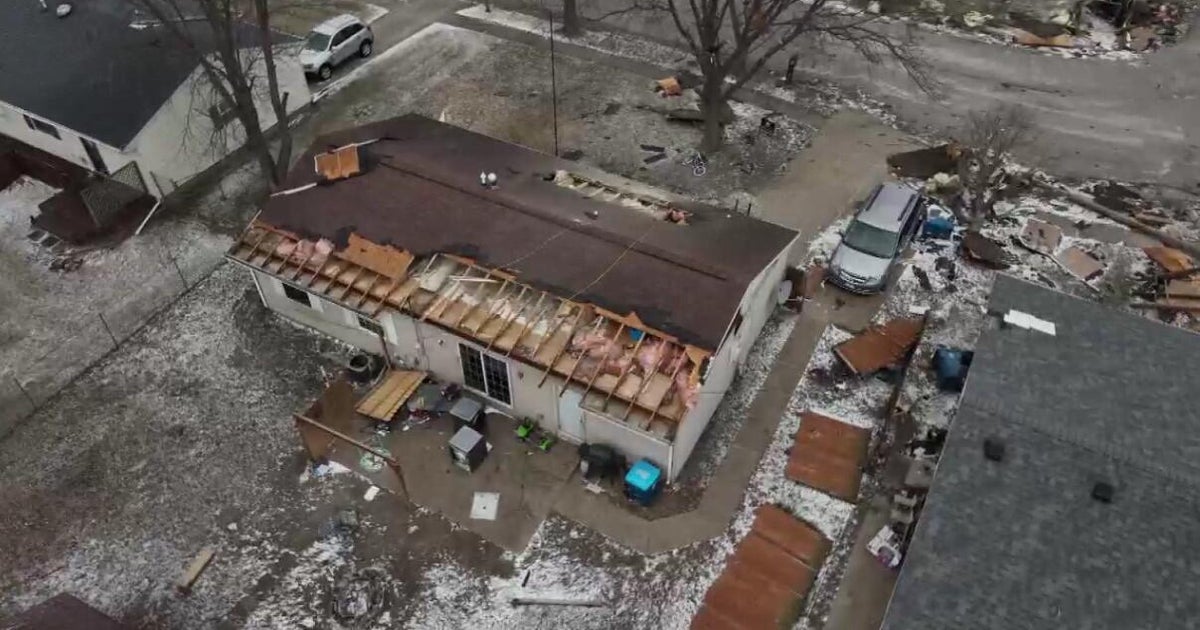Storms are carrying grass-destroying pests to northeastern U.S.
Homeowners beware: Armyworms are on the march in numbers not seen in decades, threatening yards, golf courses, athletic fields and crops in the northeastern U.S. Defenses against the invasion are weak.
"The general consensus is that this is the worst outbreak of fall armyworms in decades," David Shetlar, professor emeritus of entomology at the University of Ohio in Columbus, said in an email. "From Iowa to New England and south, this is the worst."
Hot weather and drought conditions have helped produce higher-than-usual numbers of the subtropical moths in the southern U.S. The dry climate, coupled with recent storms, have the insects heading north, where they are feasting on lawns as far up as New York, Thomas Kuhar, a professor of entomology at Virginia Tech in Blacksburg, told CBS MoneyWatch.
"We're having more and more problems with southern pests that we typically have not had to deal with in Virginia," he said.
In addition to Ohio, states experiencing armyworm swarm include Illinois, Iowa, Kentucky, Massachusetts, Michigan, New Hampshire, New York, Tennessee, Texas and Virginia.
"Biblical plague"
"It's been 20 years since the Boston area had an outbreak like this," said Bob Mann, director of state and local government relations at the National Association of Landscape Professionals. "Further south it's a bona fide biblical plague."
The aptly named pests mimic a military maneuver, with thousands of the caterpillar-like insects munching their way through greenery and leaving swaths of brown where grass formerly stood. Lawns can be treated with insecticides to prevent such invasions, but starting over and reseeding is often the only option in their aftermath, according to Kuhar and other experts. That can cost homeowners hundreds or even thousands of dollars depending on the size of a property.
"You'll come out one morning and your lawn is gone — and by that I mean it looks like someone stole it from you," Mann said. "The funny thing is it really does happen overnight," he added, as the damage is done by the time most homeowners notice the onslaught of worms.
Experts say it's best to identify a pest before treating for it. For fall armyworms, chemicals only works if deployed before the insects kill the grass.
Shetlar and his colleagues at the University of Ohio have been tracking reports of heavy armyworm activity from Oklahoma to North Carolina for the last two months, with adult moths from those outbreaks recently riding a storm front from the South to Ohio. Known to travel 500-plus miles in 24 hours, the moths "can get into the the jet stream and move vast distances, then drop down to find suitable host plants," Shetlar and fellow entomologists Joe Boggs and Curtis Young wrote Monday in a blog post.
"We are still seeing moths being blown up on the hurricane fronts from Southern states," according to Shetlar, who expects the insects to remain an issue until cold weather kills them off.
Chomping through cornfields and golf courses
Agronomists have reported seeing damage from fall armyworms in alfalfa fields as well as in cornfields in southern Iowa, according to Adam Thomas, a turfgrass extension specialist at Iowa State University.
A spokesperson for the Golf Course Superintendents Association of America said the organization's field representatives report "plenty" of golf courses being affected, especially in the eastern and southern U.S. In Texas, where armyworms are an annual problem, many courses use a preventative application called Accelyprin that is effective but expensive.
"This has been a bumper year for armyworms in Indiana, Kentucky and Ohio," the GCSAA spokesperson relayed, with significant damage to golf courses, particularly in rough areas. "There are chemistries available to treat them, but due to the cost many superintendents will not treat any or all of the rough areas."







